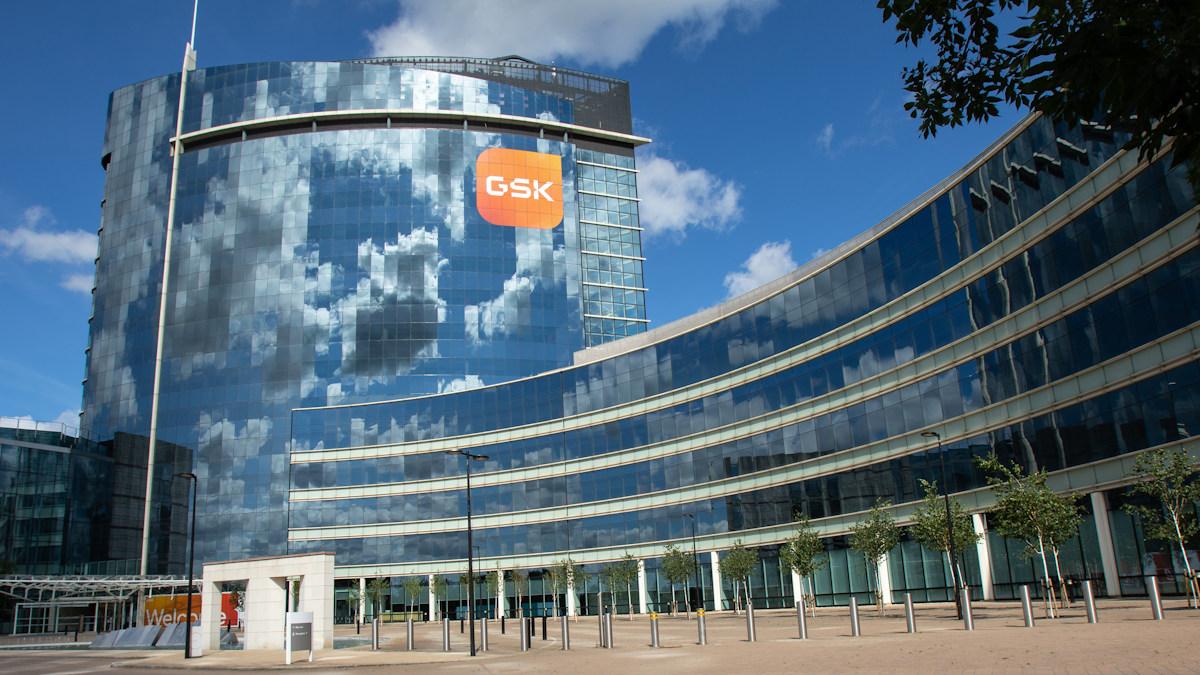GSK finds synergies with global marketing strategy

GSK has shifted towards a global marketing model influenced by a Netflix-style approach that aims to match content to the person receiving it. Richard Staines heard about this new strategy at the Veeva 2019 Commercial and Medical Summit, Europe.
GSK’s approach to marketing content has had a major rethink in the last two years, under the new leadership of Emma Walmsley and Luke Miels.
While the new CEO has made some high-profile changes to the company’s management team, there have been some changes to the way the company approaches its promotional material and marketing content.
At the Veeva summit in Barcelona, Parker Richardson, director for global content strategy & standards at GSK, told delegates that the pharma industry in general is far from the model used by Netflix, where the content being offered is tailored according to the data gathered about each individual viewer.
Richardson noted that the streaming service has around nine different promotional photos for each programme – and an algorithm picks the most appropriate one based on the data it has about each viewer.
This level of personalisation is still a long way off, he conceded, and the global approach to content, and the data surrounding the content, is the first step on this journey.
He said: “What we are looking to do is get content you are interested in served to you when you visit the GSK websites.”
While Richardson admitted that GSK is on a journey to achieving this, the shift towards globally led promotional content is helping it to standardise the messages that the company is sending out, as well as helping it realign its spend with creative agencies in line with the global to local operating model.
Under changes that have been put in place since 2018, GSK is already revamping its approach to how it markets its drugs.
Before the change in approach Richardson said that there was a lack of customer-centred content, and low use of globally-created content.
Under the new way of thinking he outlined, the company hopes to produce more content that “reaches the right customer, at the right time, with the right message, and on the right device.”
By 2020 the enterprise marketing machine will be far more productive, according to Richardson, who said that using more global content had allowed it to become more focused and globally consistent.
In line with other pharma companies that have shifted towards a globalised approach to marketing, with content customised at a local level, GSK has reduced the number of agencies it is working with considerably.
Since the change in approach in 2018, the localisation of global content has increased from an estimated 14% to around 51% for specific core materials measured.
Richardson added: “We do still partner very actively with creative agencies to develop the global content and depend upon that partnership to remain cutting-edge in our approach to customer engagement. But we have actively switched to what I would call a ‘strict’ global to local model.
“For 2018 and beyond, local teams are expected to use global content for a majority of their needs, leaving a small opportunity to originate local content for specific medical, legal, or regulatory needs and opportunities in the market.”
Richardson went on to give some advice about how to implement the global approach to content, saying that publishing standards about the content is key to ensuring success.
Without standards, people using the content outside of the global don’t have the guidance they need to produce quality material, he said.
“[Without standards] what goes on in the middle is a lot of nothing. Standards are important if you want to ensure that the content you create is good.
“What the standards do is provide direction and challenges authors on how they are producing content.”
The use of global marketing content and embedding of the new model is also being driven by an in-house social media app, which is allowing teams across the company to link up, answer questions and share ideas.
Another part of the strategy has been to prioritise a few channels of communications that GSK identified as being the most effective.
While the strategy allows for communication over other channels it’s these few that the company has focused on to get results.
“There are a lot of different ways we can engage with a customer. What we've done at GSK is standardise four to five global channels,” he explained.
Richardson credits the addition of new global pharma president Luke Miels saying that the changes had only been made possible because senior management drove a new approach.
He said: “Don't underestimate the leadership voice in this equation. I've mentioned global to local, and you've seen our numbers, the only way we've gotten any traction, any significant traction with global to local is because of Luke joining late in 2017.
“A new leader came in implemented a stricter global to local model, put the right KPIs in place to monitor its implementation and effectiveness, and that’s provided the right conversation and tension that drives growth across the enterprise.
“It then becomes our job to partner with the global teams to operationalise the leader’s vision and how it comes to life. You need a leader who's going to really push that vision and say, this is the way we work. Without that leadership voice, you face a really significant uphill battle in achieving this level of transformational change,” he said.













